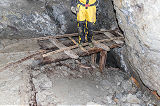
Industrial Wales - Mid and North Wales
Mid Wales
Cwmystwyth Lead Mine
Search the site here

|
Industrial Wales - Mid and North Wales
Mid Wales
Cwmystwyth Lead Mine
|
Search the site here
|
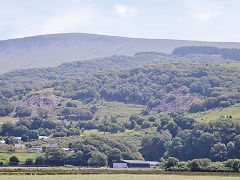 Bryn-gwyn slate quarry |
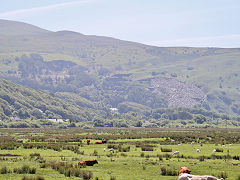 Hendre-ddol slate quarry |
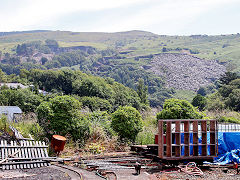 Hendre-ddol slate quarry |
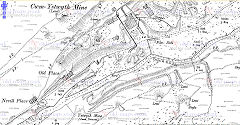 Cwmystwyth West |
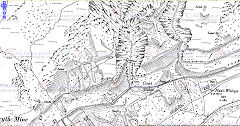 Cwmystwyth East |
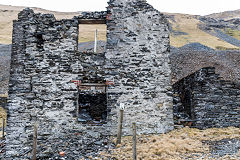 Crusher House No 1 |
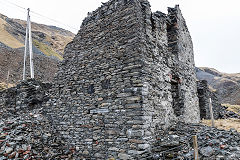 Crusher House No 1 |
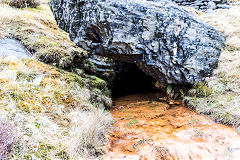 Pughs Level |
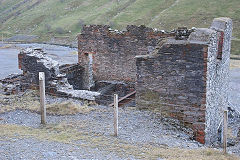 Crusher House No 2 |
 Crusher House No 2 |
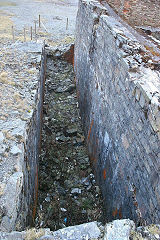 Crusher House No 2 |
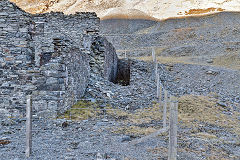 Crusher House No 2 |
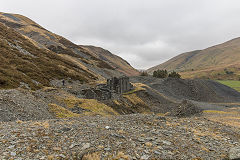 Cwmystwyth Court |
 Cwmystwyth Court |
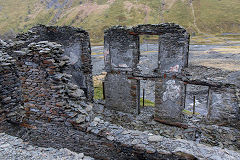 Cwmystwyth Court |
 Cottages by the Dressing Mill |
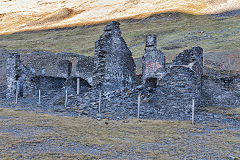 Cottages by the Dressing Mill |
 Drainage level or culvert |
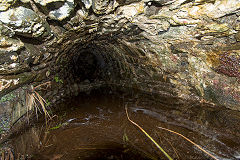 Drainage level or culvert |
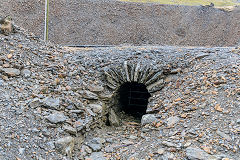 Gills Lower Level |
 Gills Lower Level |
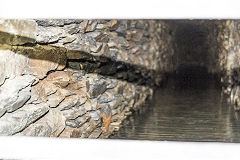 Gills Lower Level |
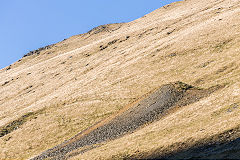 Gills Upper Level |
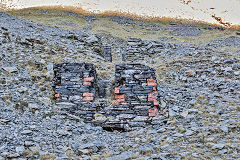 Tramway incline |
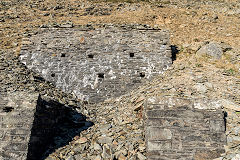 Tramway incline |
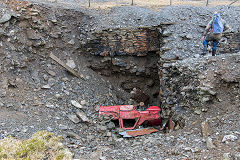 Kingside Shaft |
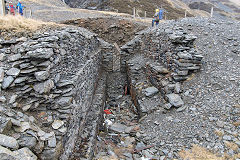 Kingside Shaft |
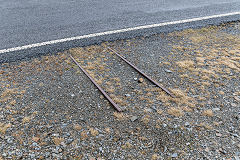 Level-y-Fordd tramway |
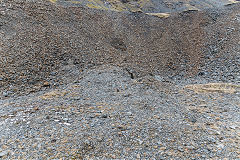 Site of Level-y-Fordd |
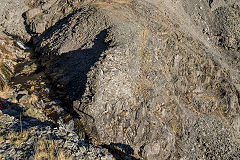 The leat aqueduct |
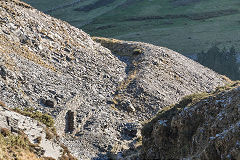 The leat, Cwmystwyth |
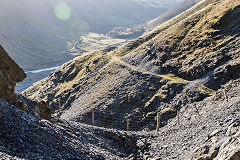 The leat, Cwmystwyth |
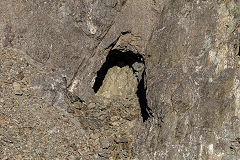 A level near the leat |
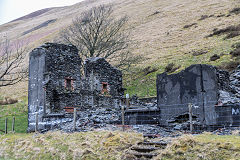 Nevill Place |
 Nevill Place |
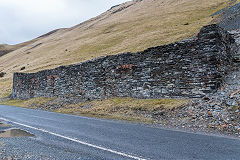 Old Place |
 Sluice on Nant Gwynllyn |
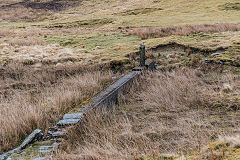 Sluice on Nant Gwynllyn |
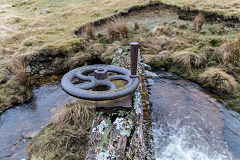 Sluice on Nant Gwynllyn |
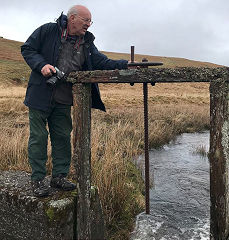 Sluice on Nant Gwynllyn |
 Cwmystwyth level 1 |
 Cwmystwyth level 1 |
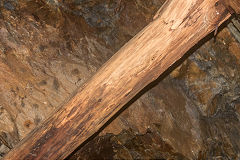 Cwmystwyth level 1 |
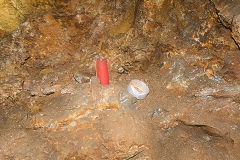 Cwmystwyth level 1 |
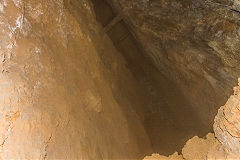 Cwmystwyth level 1 |
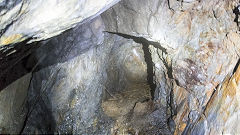 Cwmystwyth level 1 |
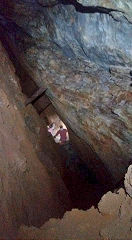 Cwmystwyth level 1 |
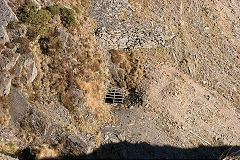 Cwmystwyth level 2 |
 Cwmystwyth level 2 |
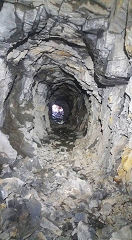 Cwmystwyth level 2 |
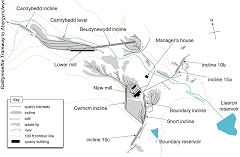 Bryn Eglwys Quarry |
 Bryn Eglwys Tramway, 1887 |
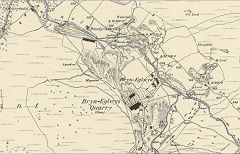 Bryn Eglwys Quarry, 1887 |
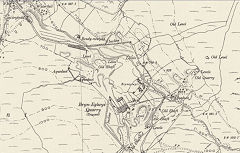 Bryn Eglwys Quarry, 1947 |
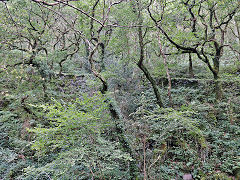 Allt Wyllt incline |
 Allt Wyllt incline |
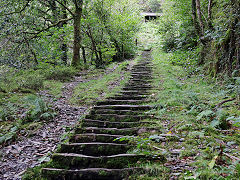 Allt Wyllt incline |
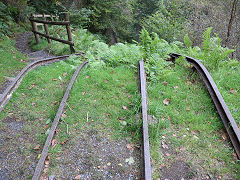 Allt Wyllt incline |
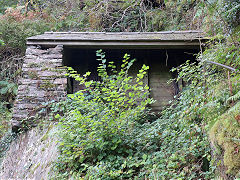 Allt Wyllt incline |
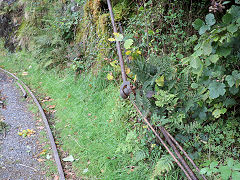 Allt Wyllt incline |
 Allt Wyllt incline |
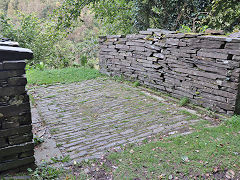 Allt Wyllt incline |
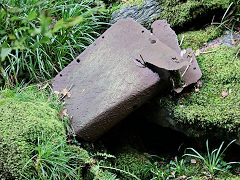 Allt Wyllt incline wagon |
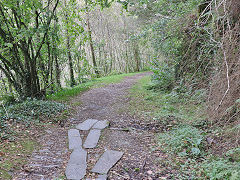 Galltymoelfre tramway |
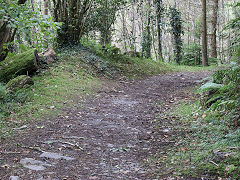 Galltymoelfre tramway |
 Galltymoelfre tramway |
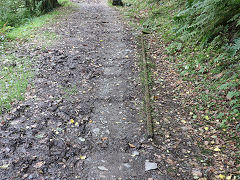 Galltymoelfre tramway |
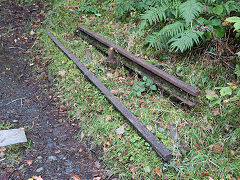 Galltymoelfre tramway |
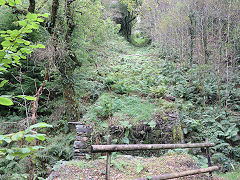 Cantrybedd Incline |
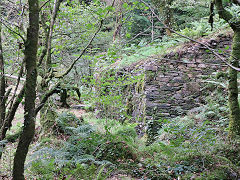 Cantrybedd Incline |
 'Frondeg', Cantrybedd incline |
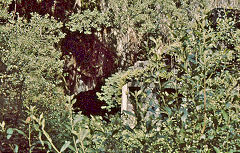 Level at the top of Cantrybedd incline |
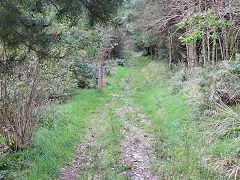 Cwmcwm Incline |
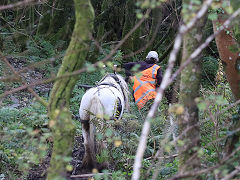 Horse-worked forestry operations |
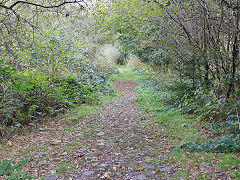 The 'New Mill' tramway |
|
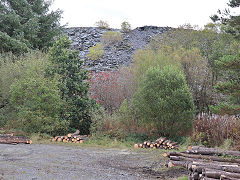 'New Mill' tips |
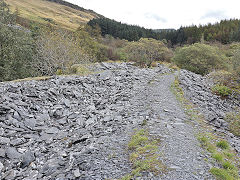 'New Mill' tips |
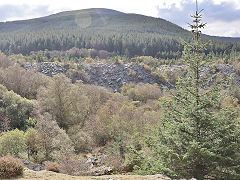 'New Mill' tips |
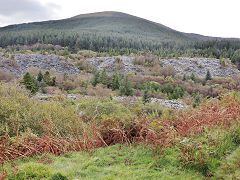 'New Mill' tips |
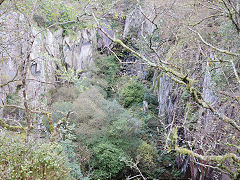 Broad Vein pit |
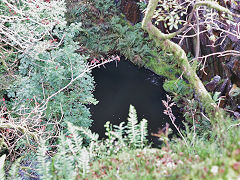 Broad Vein pit |
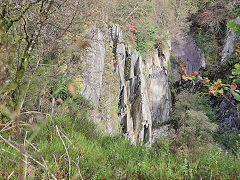 Broad Vein pit |
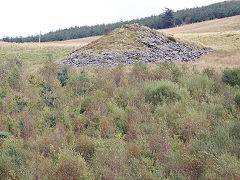 Tips above Broad Vein pit |
 Tips above Broad Vein pit |
 Tonfanau Quarry |
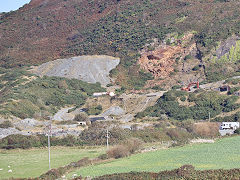 Tonfanau Quarry |
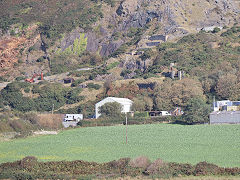 Tonfanau Quarry |
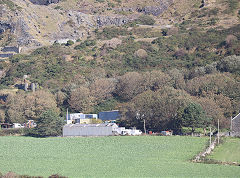 Tonfanau Quarry |
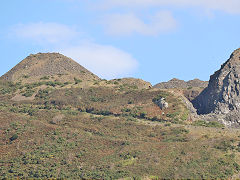 Tonfanau Quarry |
 Tonfanau Quarry |
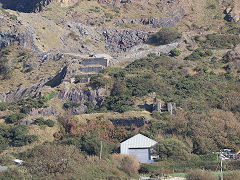 Tonfanau Quarry |
 Tonfanau Quarry |
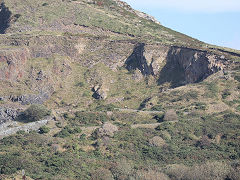 Tonfanau Quarry |
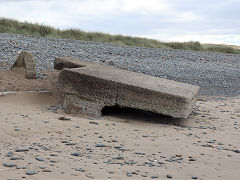 Pillbox 1 on Towyn beach |
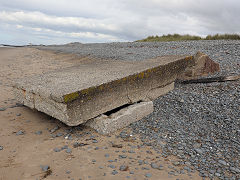 Pillbox 1 on Towyn beach |
|
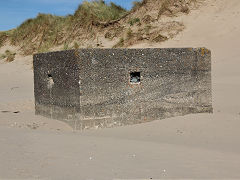 Pillbox 2 on Towyn beach |
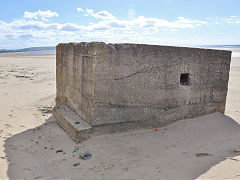 Pillbox 2 on Towyn beach |
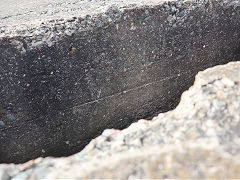 Pillbox 2 on Towyn beach |